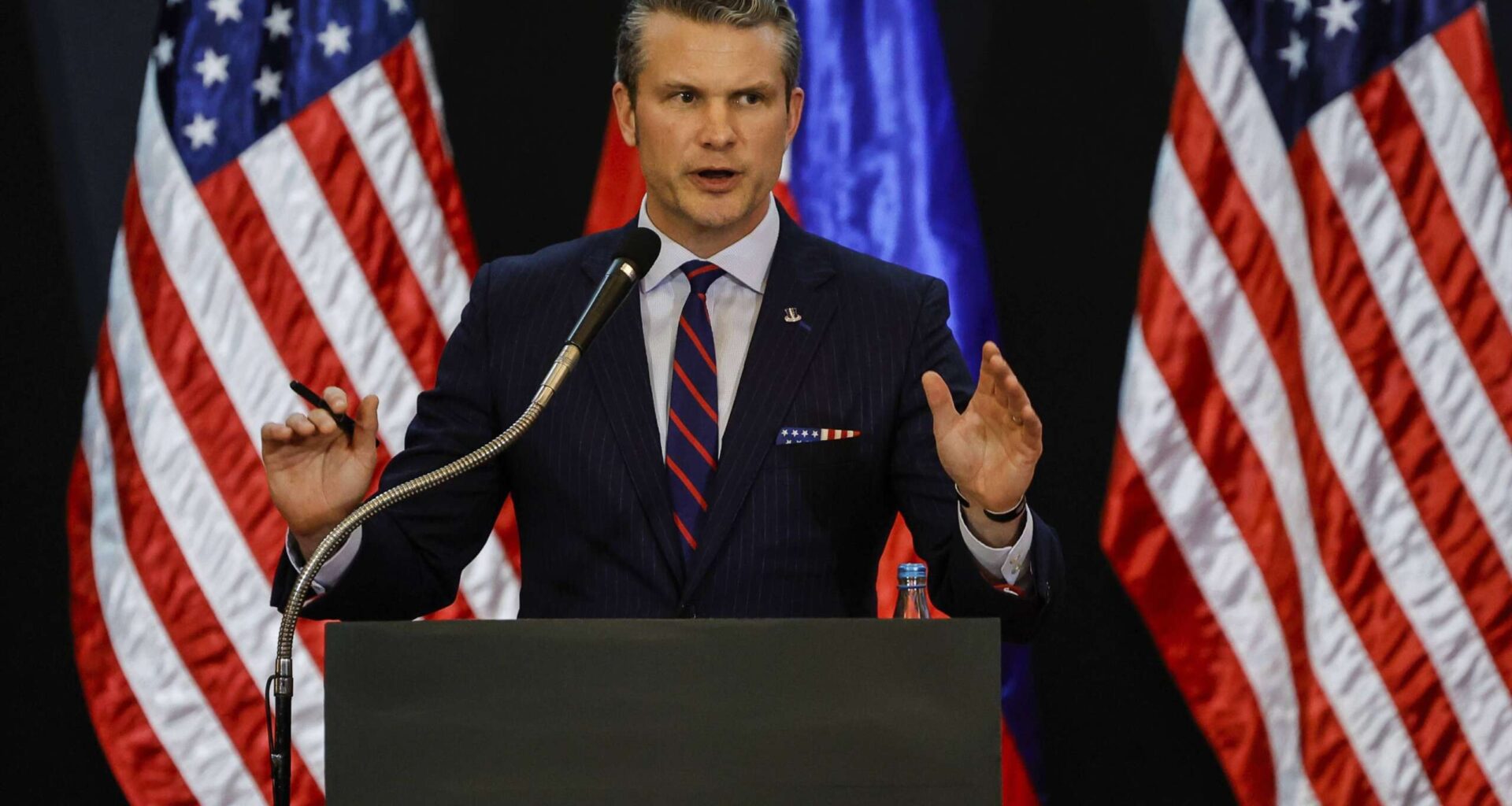The Defense Department is advancing Defense Secretary Pete Hegseth’s major initiative to reshape the department’s civilian workforce.
In a memo signed April 7, Deputy Secretary of Defense Stephen Feinberg directed senior Pentagon leaders to conduct a detailed analysis of the organizational structure of all Defense Department components — the very first step in the department’s effort to “rebalance and optimize” its civilian workforce.
Pentagon Spokesman Eric Pahon said Feinberg’s new directive “launches one of the most ambitious efforts in decades to modernize how the department is organized and operates.”
“We’re taking a clear-eyed look across the Department to ensure every role, every office, and every layer of management is aligned to what the mission demands right now: speed, precision, and operational impact,” Pahon said in a statement.
]]>
The military services, defense agencies and field activities have until April 11 to propose “future-state organizational charts” — these plans should identify ways to reduce or eliminate redundant or non-essential functions and include revised civilian staffing levels that reflect those potential changes.
DoD components were also instructed to conduct a more detailed review that the office of the under secretary of defense for personnel and readiness expects to receive by May 24.
This review process will examine supervisory roles with minimal responsibilities; senior managers who manage fewer than three people; jobs that exist to manage or track documents between systems; duplicate leadership roles in areas like IT or HR; offices that produce separate strategies or policies on the same topic; offices that exist to only coordinate between other offices; and non-research program offices that have not delivered new capabilities in the last five years.
“Every civilian role should directly enable lethality, readiness, or strategic deterrence. If not, it should be reclassified, outsourced, or removed,” Feinberg said in the memo.
These proposals will inform a department-wide reform effort that will be implemented through fiscal 2025 and 2026.
“By streamlining structures and focusing on roles where they have the greatest impact, we are empowering our civilian professionals to contribute even more directly to the department’s core mission,” Pahon said.
A separate memo from Feinberg directs the military services to set aside funding for performance awards and bonuses to “recognize and reward truly outstanding performance.” Feinberg also said he would support a broader use of those tools to “attract, empower, and celebrate extraordinary civilian talent at a time when their contributions are more vital than ever.”
]]>
“The intent of [Hegseth’s initiative] is to develop and adopt a force structure postured to deliver unrivaled combat power in support of our national security priorities. Structural adjustments alone, however, cannot fully realize that vision. We will also need to employ the right incentives to attract and retain top civilian talent,” Feinberg said.
Supervisors will play a critical role in this process — Feinberg said the success of this effort will depend “enormously on leaders throughout the department to provide fair and objective performance assessments of the teammates they lead.”
“I expect supervisors and leaders at all levels to make the right decisions to ensure we make meaningful distinctions in the ratings of employees and appropriately incentivize and reward high performance,” Feinberg said.
In addition, Feinberg directed the under secretary of defense for personnel and readiness to recommend changes to the department’s civilian performance management and promotion systems.
The two memos come as the Defense Department is working to shrink the size of its civilian workforce by about 60,000 jobs.
The department is currently offering civilians the deferred resignation program and Voluntary Early Retirement Authority — and it is letting them know that these offers are their final chance to leave the federal service voluntarily before potentially being subject to layoffs.
The Defense Department has already laid off probationary employees. While some have been brought back following a judge’s order, many have never received any information about possible reinstatement.
And the department’s hiring freeze has no end in sight, with only a few civilian roles currently exempt from the order that has been in effect since February.
Jules Hurst, who is performing the duties of under secretary of defense for personnel and readiness, recently provided some insight into the leadership’s rationale behind the ongoing hiring freeze.
]]>
“Over the past two decades, the defense civilian workforce expanded and evolved to support low-intensity conflicts with violent extremist organizations around the globe,” he said. “That era has passed”
Copyright
© 2025 Federal News Network. All rights reserved. This website is not intended for users located within the European Economic Area.
